Millions of animals sacrifice themselves every year during testing in the lab during the animal experiment or animal testing. The procedures performed on these living animals are for research purposes especially basic biology, diseases, and new medical products. Today, we are going to take a look at some of the animals that undergo scientific experiments. There are many of them, are you will only see the most common ones in the list below.
1Bird
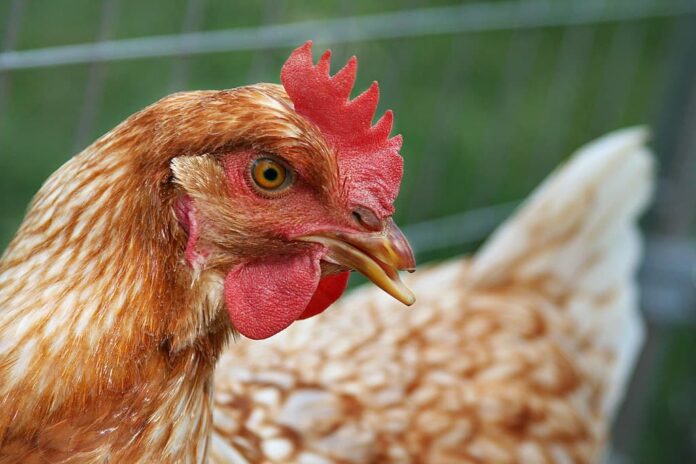
Birds might not be common for the animal experiment, but they are very helpful in many research. Many experiments focus on infectious diseases and viruses especially influenza while developing and testing vaccines for those diseases and viruses. More than that, scientists also use birds in embryology and other development studies as well as cancer and neurology-related research. The most common birds that scientists use during animal experiments are chickens, quails, and turkeys. Apart from those, scientists also use birds and poultry to study about reproductive strategies of birds. Even more interesting, some birds such as Japanese quails have contributed to diverse phenomena such as fetal alcohol exposure and addictions.
2Dog

Beagle is the breed that scientists widely use in biomedical research, education, and testing in the safety assessment of new medicines. In some other cases, dogs are also used to test the safety of drugs and other products. This breed is easy to handle due to their gentle nature, and they have certain similarities with humans. Dogs are great models for human and veterinary diseases such as bone and joint studies, cardiac diseases, endocrinology, and many more. One of the most significant advancements in medical science with the help of dogs in the experiment was insulin discovery. The advancements from that research resulted in an improvement in the quality of life for both humans and animals.
3Guinea Pig
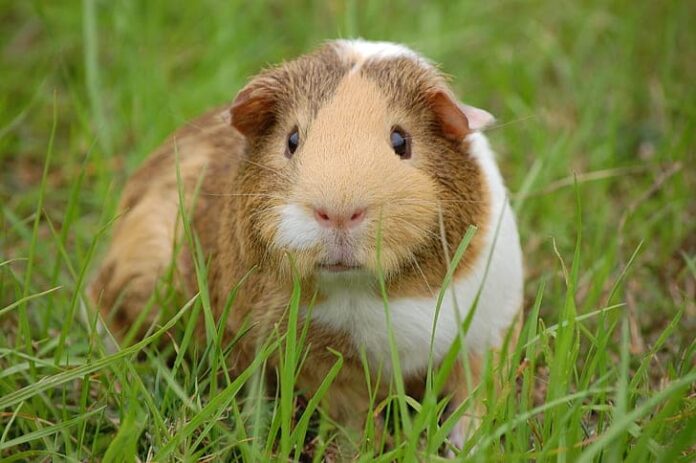
This rodent is one of the first animals that scientists use in various research and studies. Guinea pig is also a term to indicate an object for testing because they are so common. Just like other lab animals for the animal experiment, guinea pigs have many biological similarities to humans. In fact, guinea pigs help with the discovery of adrenaline, asthma medicines, tuberculosis bacterium, Vitamin C, and more. On top of that, the development of vaccines for diphtheria and tuberculosis resulted from the testing on guinea pigs.
Another thing is that guinea pigs have a similar hearing range to humans. This makes them a useful model for understanding how our ears work and how they can be repaired. Today, guinea pigs are used in research including allergies, hearing, nutritional research, respiratory diseases, and safety testing.
4Hamster
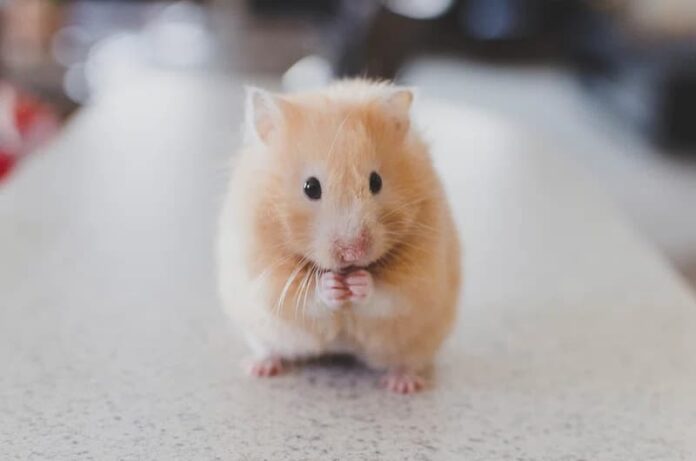
One of the biggest challenges for human health is infectious diseases, and we need to tackle that matter. Hamsters, Syrian hamsters to be exact, are helpful for studying the pathogenesis of infection including parasitic pathogens and post-bacterial vaccines. At the same time, scientists also study them to develop access to efficacy and interactions of medications and vaccines for those pathogens. Besides helping to understand the underlying mechanisms of pathogen infection, they also study hamsters to find drugs to treat the diseases. Lately, hamsters have provided valuable insights into the disease pathogenesis of 6 viruses. Those include Ebola Virus, Marburg Virus, Nipah Virus, Rift Valley Fever Virus, West Nile Virus, and Yellow Fever Virus.
5Mouse
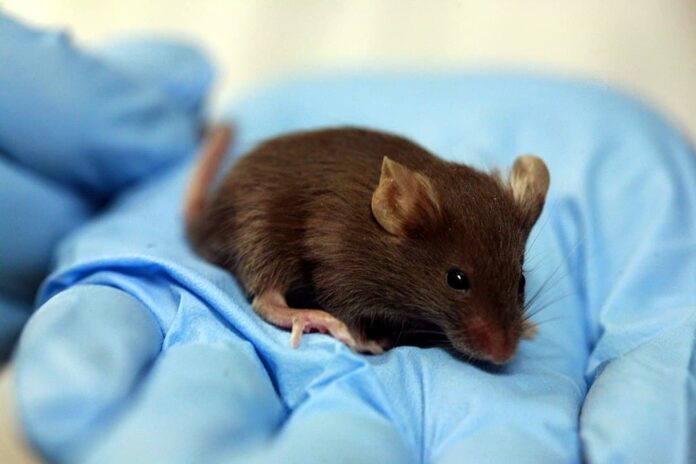
Mice are the most common animals that scientists use for experiments and other forms of research since the 17th century. This is because of their size, ease of handling and maintenance, low cost, and fast reproduction rate. At the same time, mice share up to 95% of their genes with humans. Plus with modern genetic engineering technology, it makes them the best models of inherited human diseases. Usually, there are lab mice that are bred for scientific research including BALB/c and C57BL/6. In some cases, there are other mouse species such as the North American deer mouse and the white-footed mouse. Scientists use laboratory mice for research in various purposes such as biomedical research, genetics, medicines, psychology, and more.
6Primate
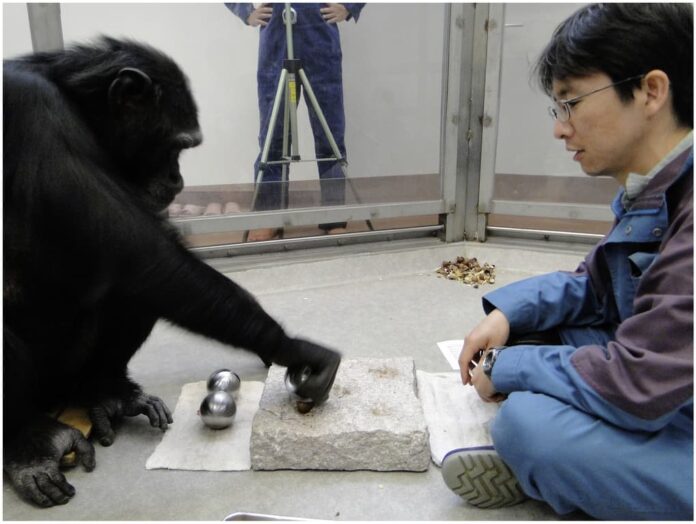
Different primate species such as baboons, chimpanzees, macaques, marmosets, spider monkeys, and squirrel monkeys are common in research and testing. We all know that primates are highly intelligent animals who have complex similarities to humans. The purpose of using primates in research is to develop and test the effectiveness and safety of medicines and vaccines. Those include the studies of AIDS, ebola, hepatitis, severely debilitating disorders, xenotransplantation, and more.
Along with that, scientists also use them to study brain functions and other research regarding human reproduction. Neuroscientists study complex cognitive functions related to attention, awareness, memory formation, and perception in monkeys and apply research results to humans. Scientists only use primates in animal research only if a particular phenomenon cannot be studied on other animal species. As one of the most helpful animals during the animal experiment, primates have helped so much for humankind.
7Rabbit
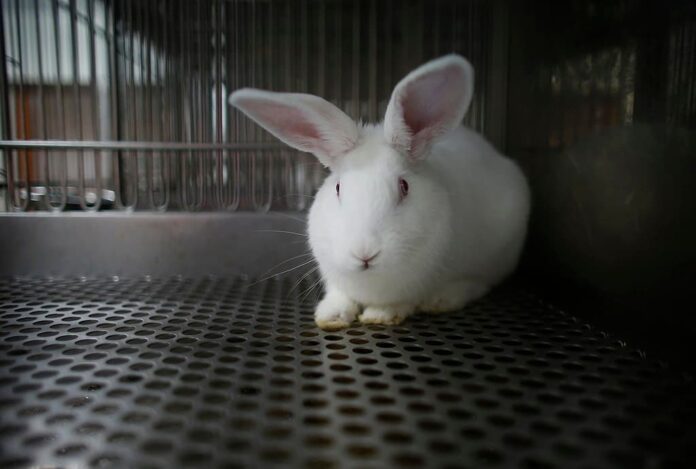
When it comes to animal experiments, rabbits are one of the most common animals that scientists use. Because of their high rate of reproduction, rabbits are among the first choice for the animal experiment. Scientists use them for medical product tests such as drugs, medical devices, and vaccines. Rabbits are also used in basic and biomedical research as models for diseases and disorders of the eyes, heart, immune system, and skin. People use them not only for research but also for cosmetic purposes and both of which are quite cruel to see.
The unfortunate thing about them is that rabbits are frequently used in experiments that cause pain and suffering. That is because rabbits go through experiments and tests mainly due to practical, rather than scientific, considerations. Because rabbits are docile, easy to maintain and restrain, and small, they go through a lot of painful procedures. From cosmetics to household and personal products, laboratory rabbits go through them all. The most bothering and cruel tests are the Draize eye and skin irritancy tests which are extremely excruciating.
What happens to the animals when the experiment ends?
The majority of the research animals are euthanized (killed) either during or after the experiment. Those who survived or showed satisfying results may be used again in the next research. Even if they are not euthanized, some of them died as a result of the experiment. It is extremely rare that research animals are adopted or placed into a sanctuary after the experiment. However, there was a national sanctuary system established for chimpanzees who were used in research in 2000.
Related Post: Most Evil Human Experiments In History




